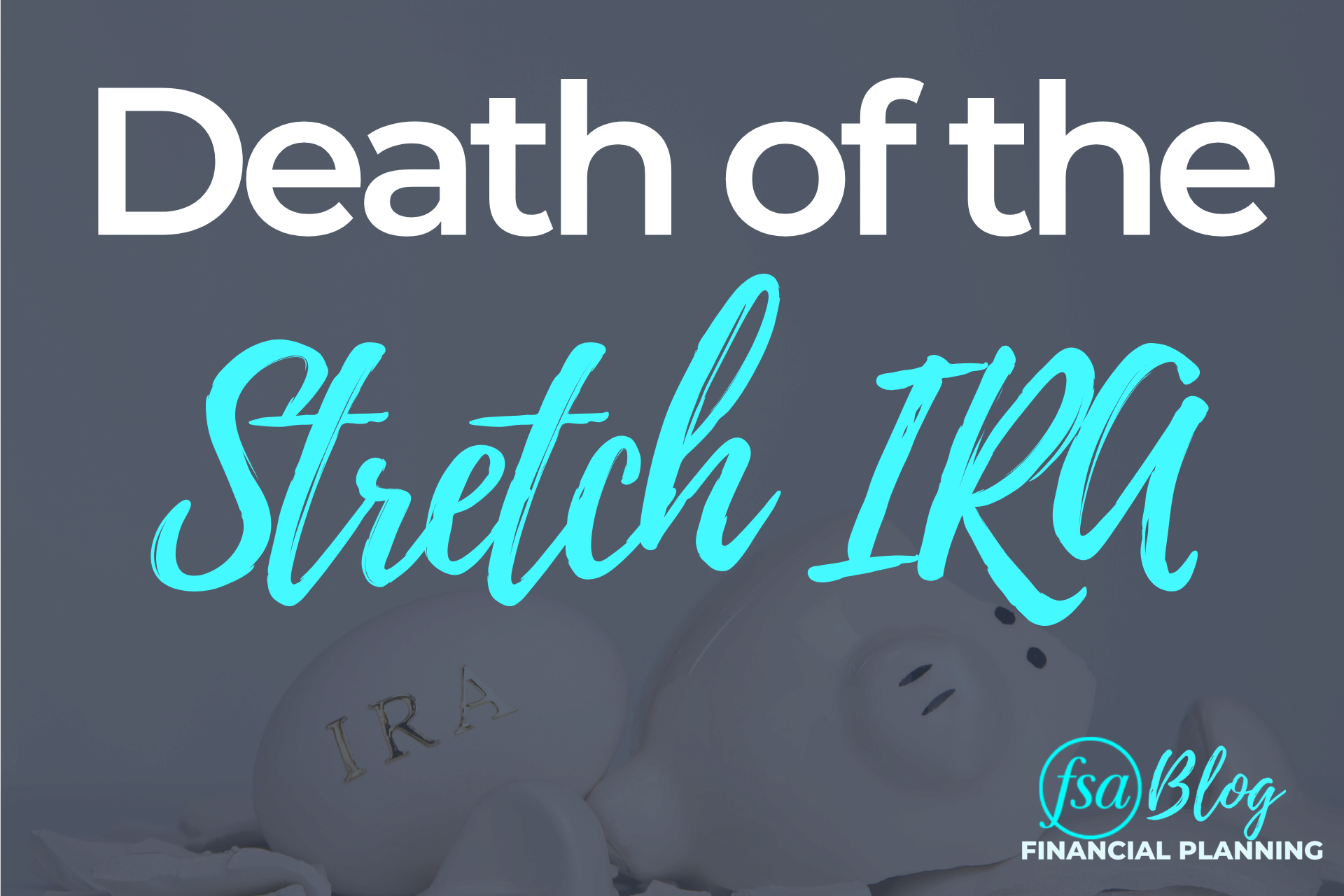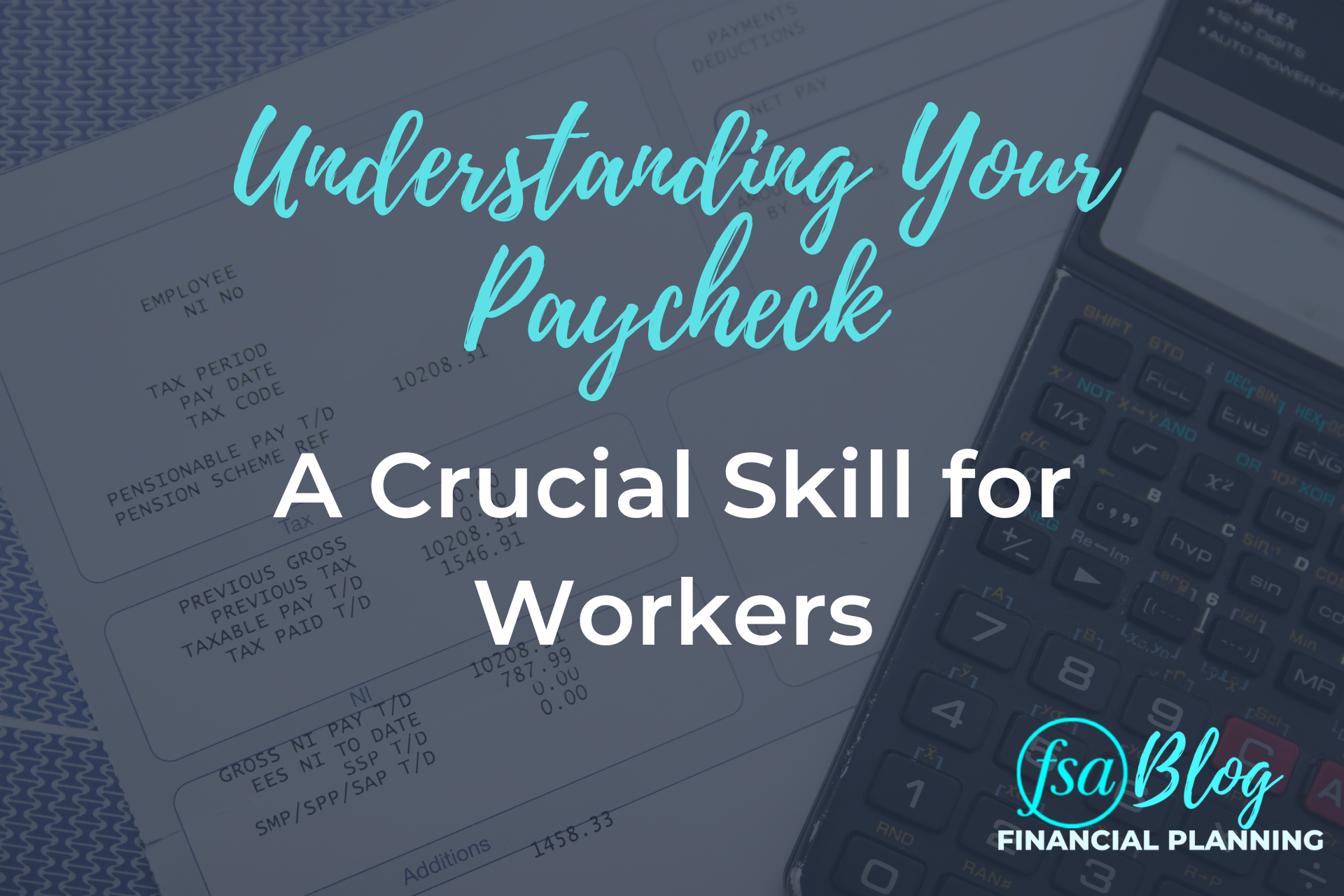Do you currently own an IRA, plan to own an IRA, or possibly inherit one in the future? If so, then you will want to be aware of the most recent changes to IRAs in the Setting Every Community Up for Retirement Enhancement Act (better known as the SECURE Act). This proposal was signed into law at the very end of 2019 and implemented several sweeping changes. Namely, the SECURE Act brought about the death of the stretch IRA.
This is a quick synopsis of the SECURE Act and how it will affect your IRA.
Four Main Takeaways from the SECURE Act
The SECURE Act is one of the most dynamic pieces of legislature in the last decade. There are four main takeaways from the bill that you’ll need to be cognizant of.
- Required Minimum Distributions (RMDs) for traditional IRAs will now start at age 72 (instead of 70½).
- The RMD rules for inherited IRAs are very different.
- You can make contributions to your traditional IRA after age 70½.
- Distributions for adoption/birth expenses are now considered qualified distributions.
Let’s take a closer look at the new rules for inherited IRAs.
THE OLD RULES – IRAs that were inherited by a non-spouse were commonly called stretch IRAs. The inherited “stretch” IRA was used to pass IRAs down to the next generation, taking advantage of tax-deferred growth for the assets in it. The non-spouse beneficiary still had RMDs, but it was based on their own lifetime table instead of the decedent’s. In other words, it gave beneficiaries the opportunity to take a small amount from the account each year and “stretch” the distributions over their lifetime.
THE NEW RULES – The old way of stretching inherited IRA’s RMDs has been eliminated through the SECURE Act. Now non-spouse beneficiaries will generally have to fully distribute the IRA within 10 years following the year that the IRA owner passed away. This acceleration of income could create a significant income tax challenge for heirs. The new rule applies to inherited funds in a 401(k) account or other defined contribution plans as well.
There are exceptions to the new 10-year rule including a spouse, a beneficiary who is disabled or seriously ill, a minor child of the account owner (until the age of majority is reached), or a beneficiary who is not more than 10 years younger than the deceased account owner. These people are referred to as eligible designated beneficiaries and do not follow the 10-year distribution rule.
How This Affects Trusts as Beneficiaries
Due to the updated rules offered by the SECURE Act, people with trusts listed as beneficiaries may need to add additional language to their trusts. Before the SECURE Act, it was typical for trusts to have language stating that the trust would distribute the RMD to the beneficiary each year. With the changes to the distribution rules, technically the 10th year after the decedent’s death is the only year there is an RMD. Under the old language of the trust, the trust would not spread the distributions over the 10-year period and distribute the entire account on the 10th year. This could cause serious tax ramifications.
With the changes the SECURE Act made, if you have a trust listed as a beneficiary, we recommend reaching out to your attorney to make sure the correct language is embedded in the trust to execute your desired wishes for the beneficiaries of the trust.
We hope that you found this article valuable when it comes to understanding what the SECURE Act is and how it has impacted IRAs. If you have any questions or would like more information on the SECURE Act, please feel free to reach out to us.
FSA’s current written Disclosure Brochure and Privacy Notice discussing our current advisory services and fees is also available at https://fsainvest.com/disclosures/ or by calling 301-949-7300.




